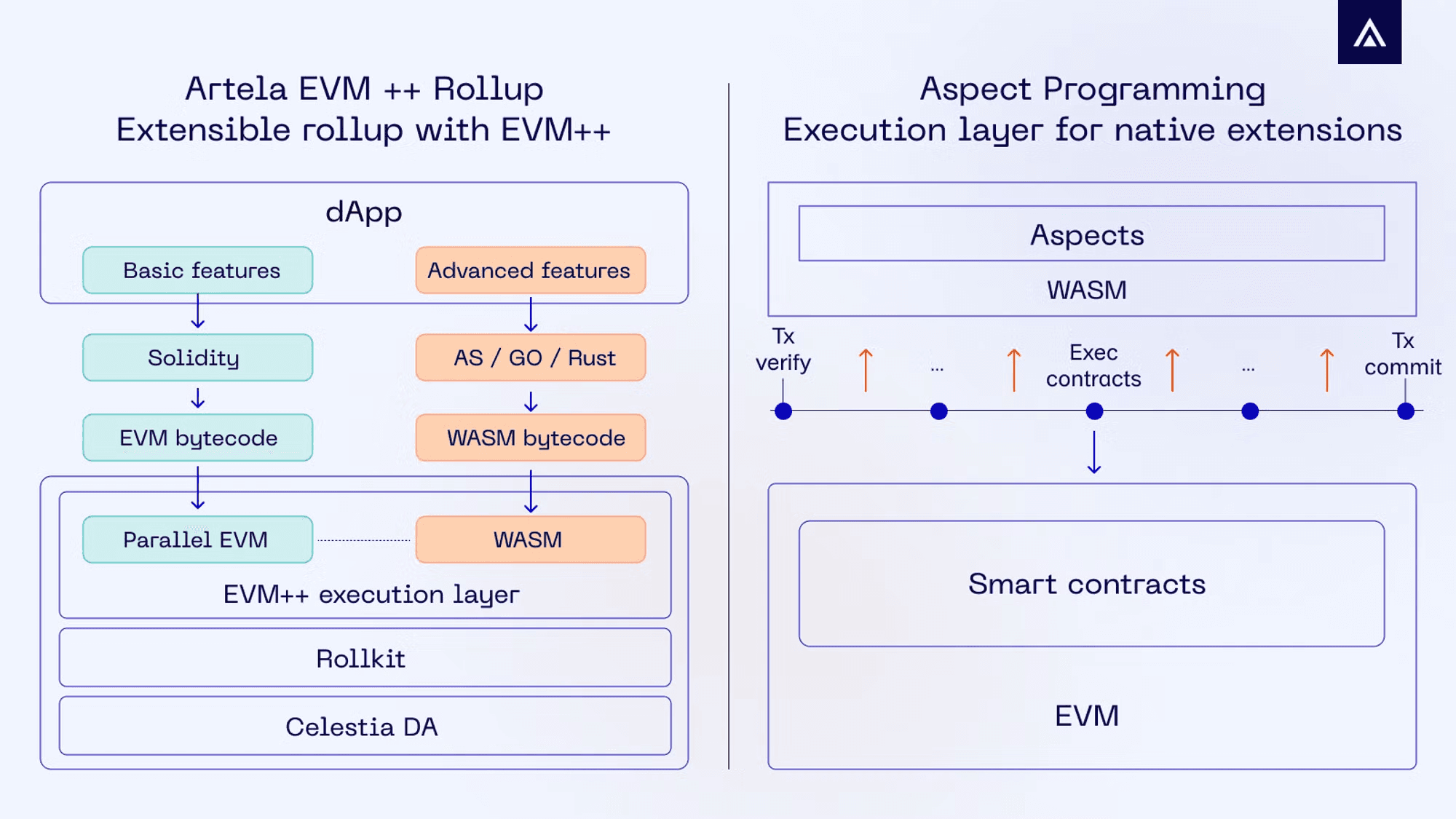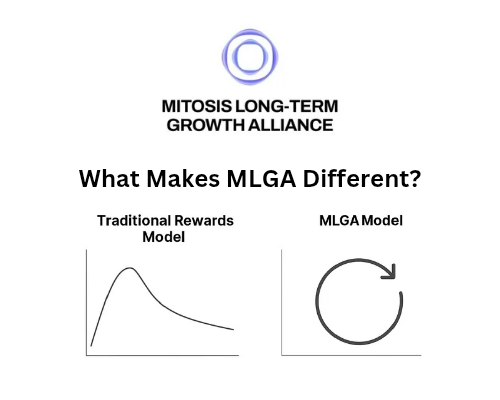Rollups: The Execution Layer Powering a Modular Future

As Web3 continues to evolve, scalability remains a defining challenge. Legacy L1s are often expensive and slow, and monolithic architectures can’t keep up with growing user demand. That’s where Rollups come in—a foundational piece of the modular blockchain stack, enabling faster, cheaper, and more flexible onchain applications without compromising Ethereum’s security.
What Are Rollups?
Rollups are scaling solutions that execute transactions off-chain but submit proofs or transaction data to a base layer like Ethereum for settlement and security. This design offloads computational work from the Layer 1 (L1) chain, significantly improving performance and reducing fees.
There are two main types of rollups:
- Optimistic Rollups: Assume transactions are valid by default and only run fraud proofs if challenged (e.g., Arbitrum, Optimism).
- ZK-Rollups (Zero-Knowledge Rollups): Use cryptographic validity proofs to confirm the correctness of each transaction batch (e.g., zkSync, Scroll, Starknet).
In both cases, users benefit from scalability and cost reduction while retaining trust in Ethereum’s security guarantees.
Why Rollups Matter in Web3
Rollups are not just “faster Ethereum.” They represent a major shift toward modularity, a design philosophy where consensus, execution, and data availability are handled by separate, purpose-built layers.
This separation enables:
- Higher throughput for applications (especially DeFi and gaming)
- Reduced gas costs, improving UX for both retail and institutional users
- Custom environments through app-specific rollups, tailored to individual use cases
With tools like Caldera, launching a custom rollup becomes plug-and-play, allowing protocols to maintain control over their execution environment without compromising on security or composability.
The Role of Rollups in the Mitosis Ecosystem
At Mitosis, rollups are more than infrastructure, they’re primitives for liquidity. As more appchains and rollups emerge, the challenge of cross-chain interoperability and liquidity fragmentation intensifies. That’s where Mitosis steps in, acting as a cross-chain coordination layer that enables liquidity routing and modular yield strategies across rollups.
By enabling the seamless flow of assets across execution environments, Mitosis ensures that value isn’t siloed, but instead dynamically allocated to where it’s needed most.
The Future Is Rollup-Centric
Even Ethereum’s roadmap is now fully rollup-centric, with initiatives like EIP-4844 (Proto-Danksharding) focused on improving data availability for rollups.
In the near future:
- Major DeFi protocols will launch on their own rollups
- Institutions will tokenize real-world assets on sovereign chains
- Builders will optimize every layer of their stack—from execution to settlement, with rollups as the core engine
For users and developers alike, understanding rollups is no longer optional, it’s the entry point to Web3’s modular era.
Conclusion
Rollups are not a temporary scaling patch; they are the foundation of the modular blockchain paradigm. By offering a scalable, secure, and flexible execution layer, they enable protocols to focus on innovation without sacrificing decentralization.
As modular ecosystems like Mitosis continue to expand, rollups will be the backbone enabling cross-chain liquidity, efficient capital markets, and customized appchains.
Internal Links

Comments ()